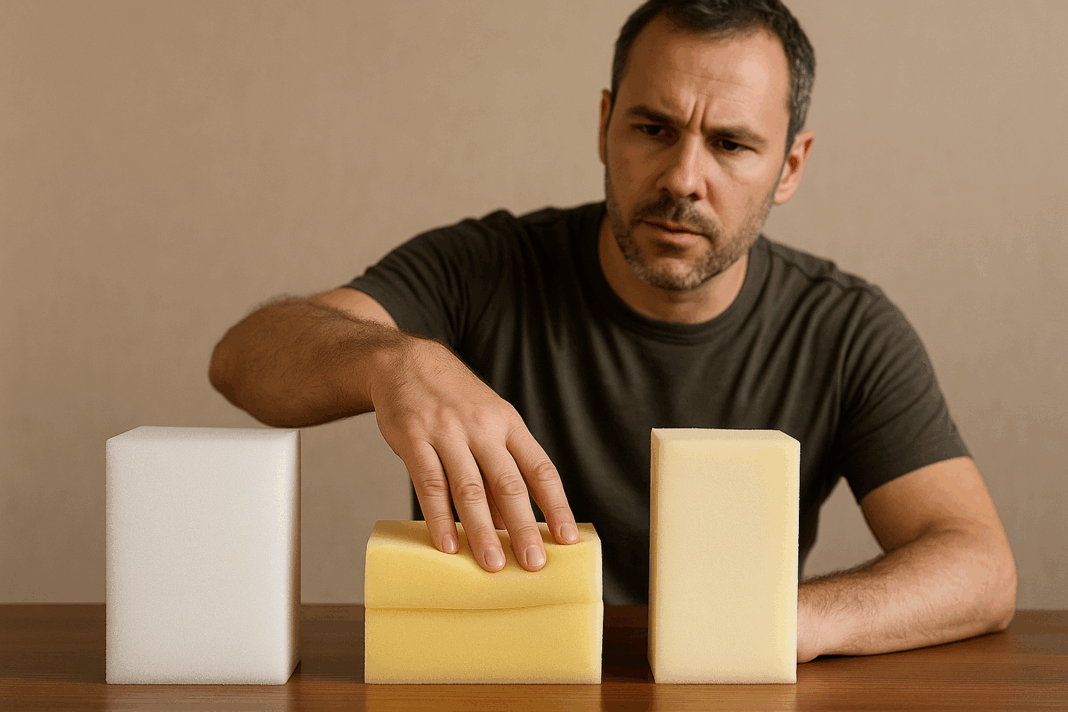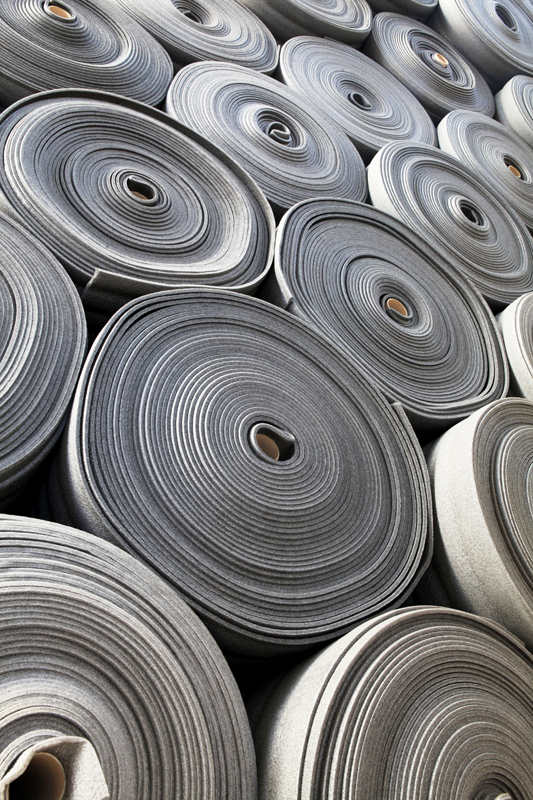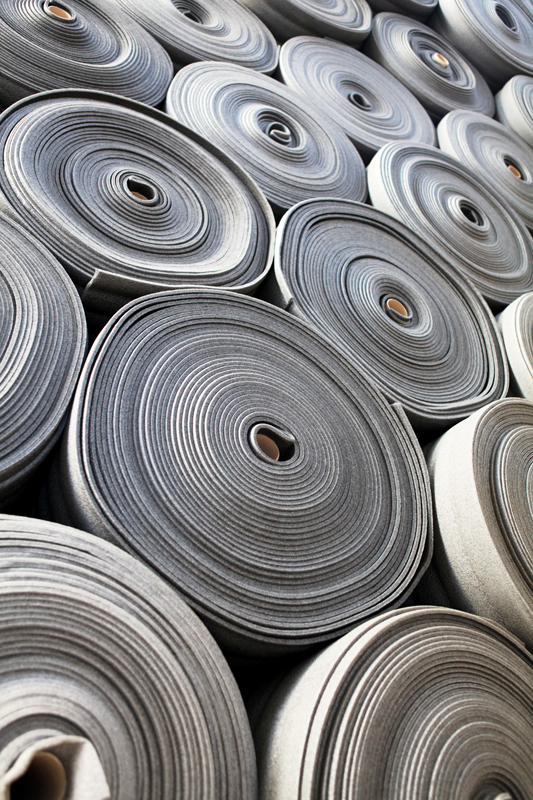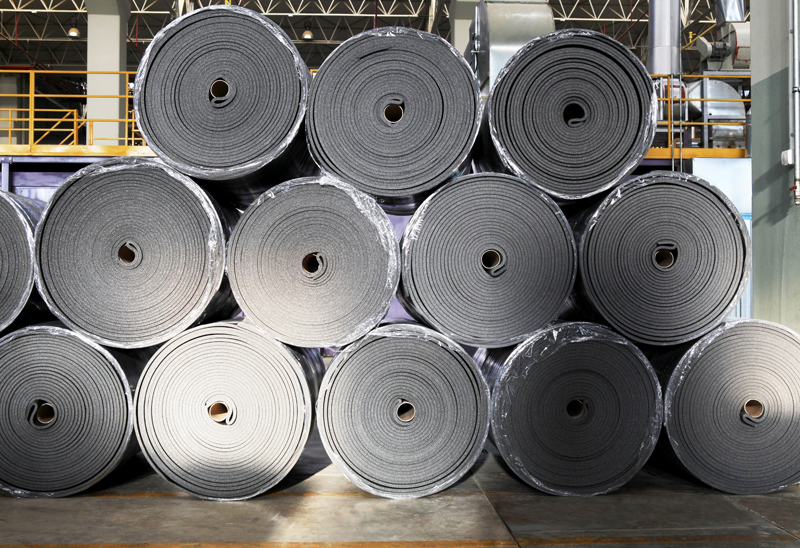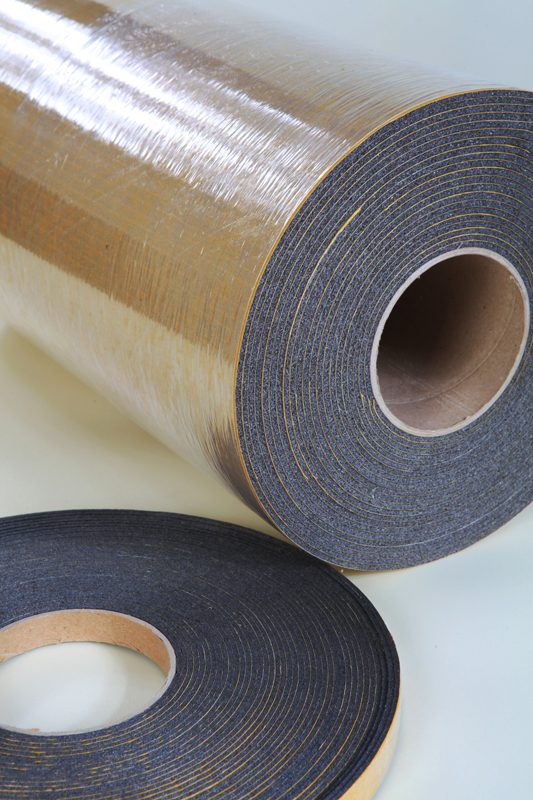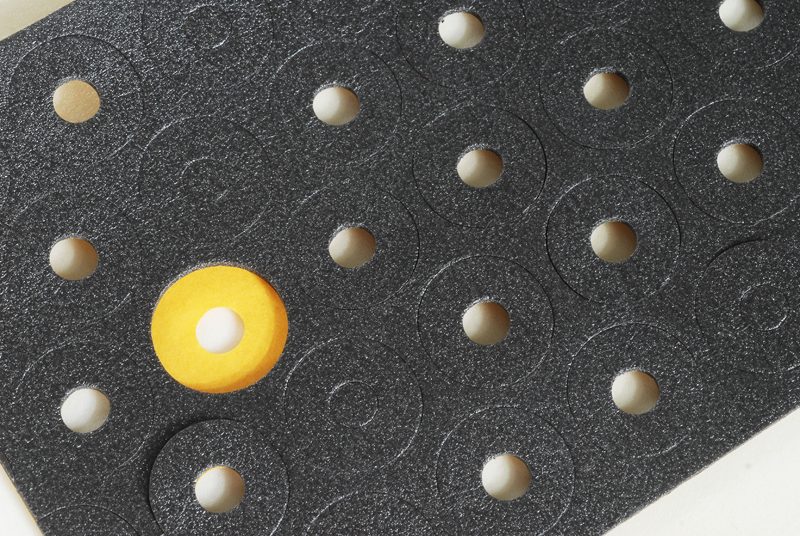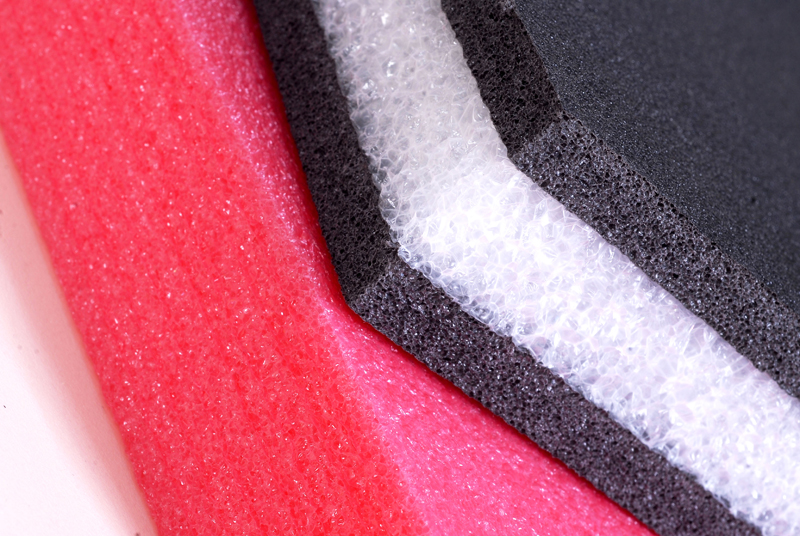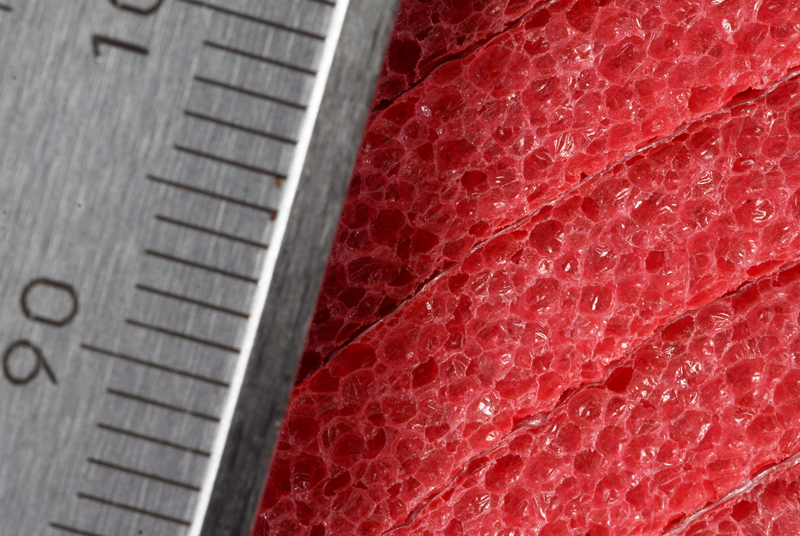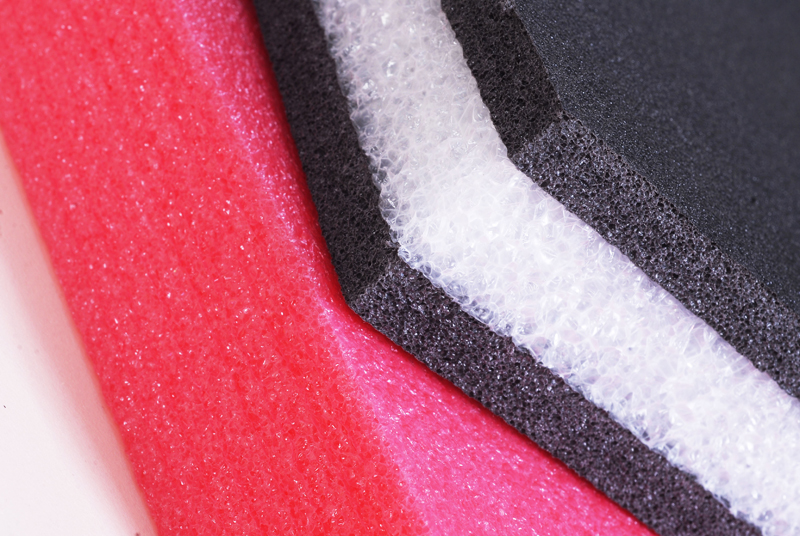Hey there! 👋
As someone who’s spent over a decade helping clients choose the perfect foam materials, I’ve seen firsthand how density and compression can make or break a product. Remember that time I convinced a furniture manufacturer to switch from low-density to medium-density foam? Their customer complaints dropped by 70% in six months! 🛋️✨
Why Foam Properties Matter More Than You Think
Foam isn’t just “squishy stuff” – it’s precision engineering at its finest! Density (measured in kg/m³) tells us about the material’s weight and cell structure, while compression strength (measured in kPa) reveals how it performs under pressure. Think of density as the foam’s DNA 🧬 and compression as its fitness level 💪.
During my early days in the industry, I learned this lesson the hard way when we used low-density polyethylene foam for bicycle seat packaging. The result? A warehouse full of damaged goods. 😫 That’s when I became obsessed with material science!
The Density-Compression Tango: How They Interact
Higher density usually means better durability, but it’s not always that simple. I like to explain it using a cake analogy: A dense pound cake holds its shape (high compression), while angel food cake collapses easily (low compression). 🎂
| Foam Type | Density Range (kg/m³) | Compression Strength | Best Applications |
|---|---|---|---|
| Low-Density PE | 20-30 | Light cushioning | Packaging fillers |
| Medium-Density PE | 30-60 | Moderate support | Mattress toppers |
| High-Density physically cross linked polyethylene foam | 60-200 | Structural support | Industrial padding |
Just last month, an athletic gear client asked why their pe foam knee pads were failing. Turns out they prioritized ultra-light density without considering compression resistance during impact. We fixed it with a layered approach!
Real-World Selection Strategies
Here’s my golden rule: “Density determines lifespan, compression defines performance.” For medical device packaging, I always recommend chemically cross linked polyethylene foam because it offers that perfect balance of sterilization resistance and cushioning.
Consider automotive seating: Luxury cars use multi-density zones (soft for comfort, firm for support) while maintaining consistent compression recovery. It’s like creating a foam symphony! 🚗🎶
The Cost-Performance Balancing Act
Many clients initially balk at high-density foam prices. But let me share a game-changing case study: A shipping company switched to high-compression polyethylene foam and reduced product damage by 45%, saving $220K annually in returns. 💰 The ROI spoke louder than any sales pitch!
My Top 3 Density Mistakes to Avoid:
- The “Firmness Fallacy” 😓: Assuming high density = extra firm (compression determines feel!)
- One-Size-Fits-All Approach 📦: Using identical foam for electronics and furniture
- Ignoring Environmental Factors 🌡️: Temperature changes affect compression resistance
Future-Proofing Your Foam Choices
With sustainability becoming crucial, I’m loving the new generation of recycled high-density foams that maintain compression integrity through 10,000+ cycles. ♻️ One client even achieved LEED certification by switching to these!
Remember my friend who started that yoga mat company? By selecting foam with 45kg/m³ density and 25kPa compression strength, she created mats that cushion joints without losing stability. Now she’s shipping worldwide! 🧘♀️🌎
The Final Squeeze: Key Takeaways
After helping hundreds of clients, here’s my compressed wisdom (pun intended!):
- 📏 Test density AND compression together – they’re dance partners, not solo performers
- ⏳ Prioritize long-term performance over short-term cost savings
- 🔬 Demand material certifications from suppliers
Choosing foam without understanding density and compression is like baking without measuring ingredients. 🎂⚖️ When you get this duo right, you create products that feel magical to customers.
So go forth and select wisely – your perfect foam match is out there! ✨


